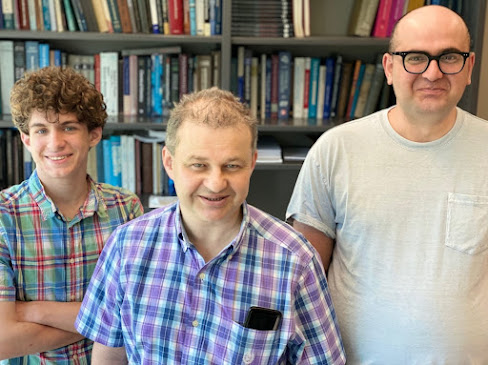Researchers at the University of Portsmouth have discovered that rates of shipping in the North East Atlantic area rose by 34 per cent in a five-year period.
Even more noticeable, and of major concern to scientists, is the rate of shipping growth in Marine Protected Areas. Analysis of vessel movements in these delicate environments shows an increase of 73 per cent in the same time period.
The report, which was published in Marine Pollution Bulletin, is the first detailed survey of shipping activity in the North East Atlantic. Researchers used data from over 530 million vessel positions recorded by Automatic identification Systems (AIS). They looked at the change in shipping between 2013 and 2017 across ten distinct vessel types.
In total the study area covered 1.1 million km2, including waters off Belgium, Denmark, France, Germany, Iceland, Ireland, The Netherlands, Norway, Portugal, Spain, and the UK.
Renewed monitoring effort is needed to ensure that protective measures are adequate to conserve species under threat in a changing environment.















.jpg)

